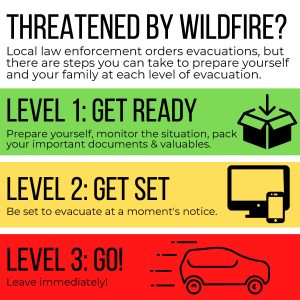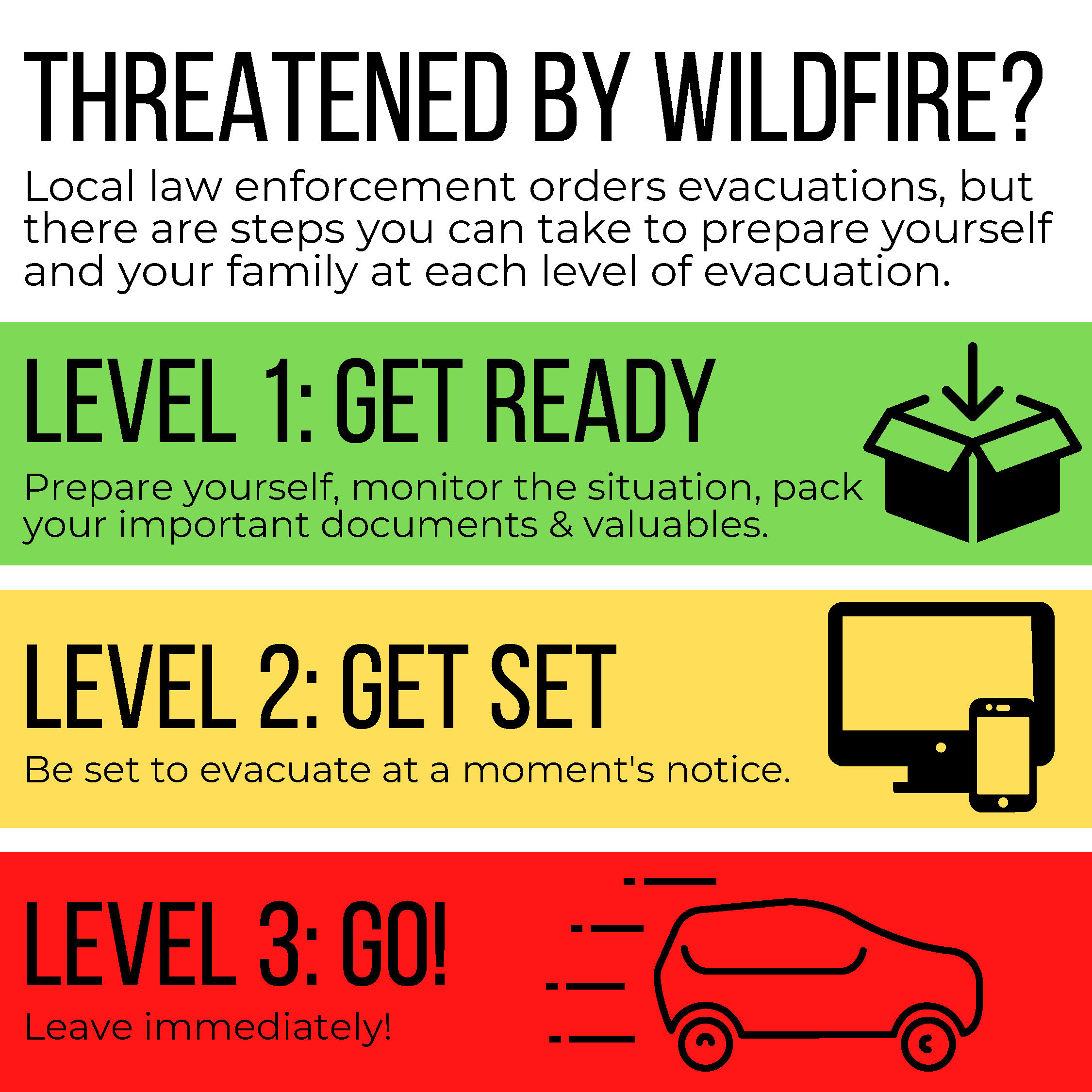By Gordon McCraw, Meteorologist for Tillamook County Emergency Management
Wednesday, June 1, 2022, 07:45am
Weather
The upper level high pressure ridge weakens today and shifts eastward allowing some clouds to streak across. This and a low pressure area west of Vancouver Island has put us under a moist southwesterly flow that will warm us a little and with weak disturbances riding across in the flow, we see a slight chance of a light shower or two today thru tomorrow. So, mostly cloudy skies today with that slight chance of a light shower later today, winds becoming westerly 5-10, highs near 66, cloudy again tonight with calm winds, the patchy fog possible, still that slight chance of a shower later tonight, lows near 49.
Tomorrow, we remain in a southwesterly flow, so we are partly sunny with that patchy morning fog then a slight chance of a shower still, winds becoming westerly 4-8, highs up near 68, the light shower threat increases tomorrow night, patchy fog possible once again with calm winds, lows near 52.
Friday, we have an upper level trough of low pressure that moves in and enhances the onshore flow that cools things a bit as well as pump in more moisture that increases the shower threat. This means we start out cloudy with patchy morning fog Friday then mostly cloudy with a 50% chance of a light shower, winds becoming southwesterly 5-10, the high near 64, the shower threat increases more Friday night, lows near 51.
The trough sits over the area this weekend and the previously mentioned low pressure area will have dropped down to the south then starts moving northward towards our coast which keeps us under a southwesterly flow and gives us a light to moderate atmospheric river that allows disturbances to ride in the flow across our area, bringing rain Saturday with a front, along with a chance of gusty winds once again. High temperatures continue in the low 60s, lows in the low 40s.
Sunday, we see post-frontal showers that become more scattered in the afternoon and the chance lingers into Monday before becoming more widely scattered Monday night and Tuesday, highs returning to the mid 60s next week, lows in the upper 40s to low 50s.
OEM OFFERS EVACUATION BEST PRACTICES TO HELP OREGONIANS STAY SAFE DURING THE UPCOMING WILDFIRE SEASON: BE READY. BE SET. GO NOW!
SALEM, Ore.—May 31, 2022—To close out Wildfire Awareness Month, the Oregon Office of Emergency Management (OEM) is offering simple actions and resources Oregonians can take to stay safe during wildfire season. This includes evacuation best practices and encouraging everyone to know Oregon’s three-level evacuation system: BE READY. BE SET. GO NOW!
“With impacts ranging from the tragic loss of lives, homes and businesses, to safely evacuating when threatened by wildfire, to poor air quality caused by smoke, as well as road and trail closures—most Oregonians are all too familiar with our state’s steady increase in wildfire activity over the past decade,” said OEM Director Andrew Phelps. “Wildfire Awareness Month is a time when state agencies and partners come together to ensure the public has access to resources to prepare for wildfires while supporting those still recovering from previous events. Our shared goal is to help Oregonians plan so they know what to do before, during and after a wildfire and take actions to keep themselves and their communities safe. Evacuation readiness is a key component to staying safe when wildfires strike.”

Oregon’s evacuation notification system is structured around the readiness need and threat level, broken down into three tiers. Level One, coded green, means BE READY to evacuate. Older adults, families with children, people with disabilities, livestock and pet owners, and those with limited access to transportation should consider evacuating at Level One. This is also a good time to check with neighbors and share information. Oregonians should be aware of fire risk in their area, stay informed, and actively take steps to prepare themselves to reduce their risk from wildfire, including:
- Signing up for local emergency alerts at ORAlert.gov.
- Enabling Wireless Emergency Alerts (WEA) on cell phones.
- Having a family emergency plan.
- Assembling a disaster supply kit.
- Making a plan for shelter, including animals.
- Mapping out evacuation routes.
Level Two, coded yellow, means BE SET to evacuate. There is significant danger in the area and people should be ready to leave at a moment’s notice. Voluntary evacuation at Level Two is recommended, especially if people need extra time or have livestock. Individuals should:
- Continue to stay informed and alert, checking for updates through local city and county websites, social media, TV and radio.
- Use TripCheck.com or call 511 for road closure information.
- Consider relocating to a safe place outside of the affected area.
- Inform loved ones of plans and destinations.
Level Three, coded red, means GO NOW – Leave Immediately! Level three indicates there is extreme danger in the area and remaining threatens the safety of individuals as well as emergency responders, who may not be available to help those who choose to stay. Do not stop to gather belongings or protect the home. Now is the time to act:
- Grab the go-kit.
- Follow the emergency plan.
- Leave as fast as safely possible.
- Upon evacuating, drive carefully; turn on headlights and follow traffic safety warnings and instructions from local authorities.
OEM urges Oregonians to evacuate any time they feel unsafe, as conditions can change rapidly. Individuals should always make the best decision for their safety. Following an evacuation, people should not return to the area until public safety officials announce it is safe.
“OEM is supporting our local partners in providing equitable and accessible information to help everyone do their part to proactively address existing vulnerabilities and take actions to reduce risk,” said Phelps. “We encourage all Oregonians to connect with their local community. Knowing what to do when receiving an evacuation notification will help individuals and communities stay safe when faced with the threat of wildfire or other disaster.”
Find more information and resources at wildfire.oregon.gov.


